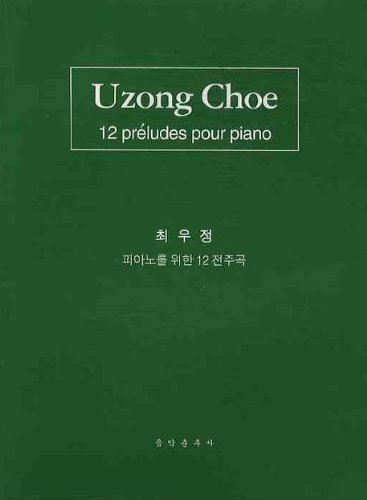Musical Fusion in Uzong Choe’s Preludes, Book 1 (2004)
 Korean composer Uzong Choe’s Preludes exemplify an important facet of contemporary classical music, combining accessible listening with a cosmopolitan sense of style.
Korean composer Uzong Choe’s Preludes exemplify an important facet of contemporary classical music, combining accessible listening with a cosmopolitan sense of style.
The musical eclecticism of these works reflect the synthesis of different musical and technical styles influenced by various European modes. These works are meant not just as pedagogical tools to improve one’s technique to the particular genre, but are also incredible concert pieces. The first book of 12 Preludes was published in 2004, and Books 2 and 3 are works in progress.
Much like études, individual pieces concentrate on particular technical issues, such as major and minor triads (Prelude 9), Ostinato (Prelude 2), and jazz fugue (Prelude 12). Approach wise, Choe evokes Bartok’s Mikrokosmos or Corigliano’s Etude Fantasy, which focuses on particular techniques like fifths and thirds, or trills. The Preludes explore expressive possibilities of sound and styles: Prelude 8 has a more minimalistic sound, with repeating action that reminds one of John Adams’s piano works. Some of these works employ early music as well as popular music. Prelude 7 is very spare and restrained, its main idea on an Renaissance motet “Oculus non vidit,” while Prelude 10 frames a chant melody within six different rhythmic patterns and heavy chords and tone clusters. Prelude 12 concludes the current set with fortississimo tone clusters and dissonant harmonies.
These works are a must-listen, showcasing the versatile stylings of a highly wide-ranging composer.



